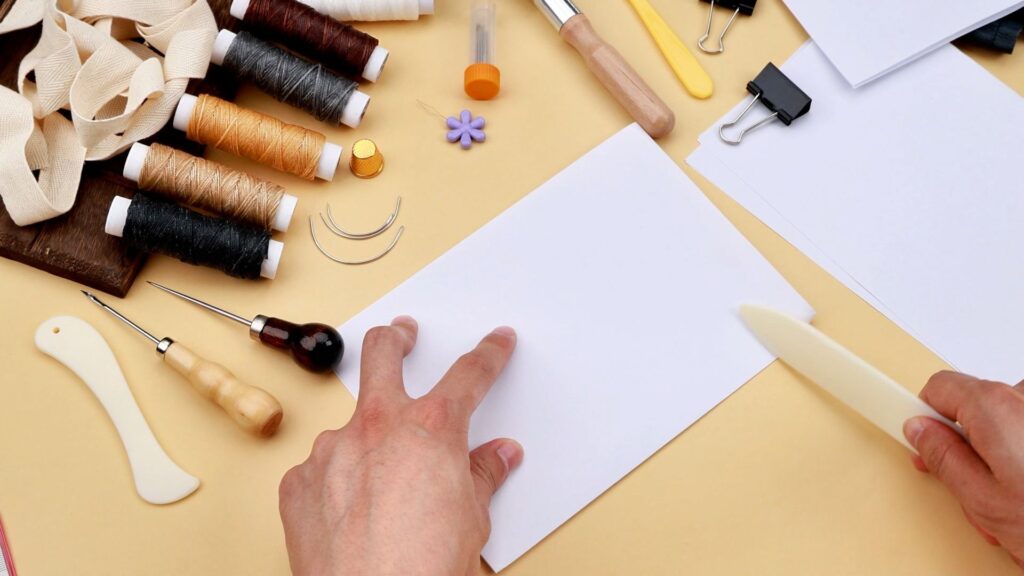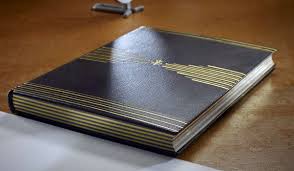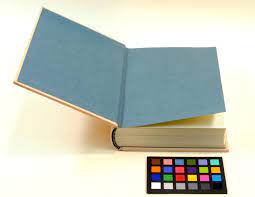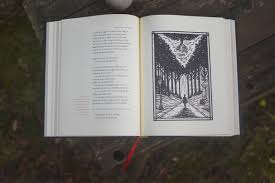
Bookbinding is a rewarding craft that blends creativity, precision, and skill. Whether you want to create journals, sketchbooks, or unique gifts, having the right tools is crucial. For beginners, the correct equipment not only makes the process easier but also ensures quality results.
In this article, we’ll explore the essential bookbinding tools every beginner needs. From cutting and folding to sewing and gluing, these tools form the foundation of your bookbinding toolkit.

Cutting Tools
Accurate cuts are the backbone of clean, professional-looking books.
-
Craft Knife or Utility Knife: A sharp blade is vital for cutting paper, board, and cloth with precision.
-
Cutting Mat: Protect your surfaces and keep blades sharp by using a self-healing cutting mat.
-
Metal Ruler: Use a sturdy metal ruler for straight cuts and to guide your blade safely.
Tip: Always cut away from your body and keep your blades sharp for clean edges.
Measuring and Marking Tools
Precise measurements help maintain uniformity throughout your project.
-
Steel Ruler or Yardstick: Longer rulers assist with bigger sheets and boards.
-
Bone Folder: This smooth tool helps crease folds sharply and flatten pages or endpapers without damaging them.
-
Pencil: Use a soft pencil to mark measurements lightly on materials.
Tip: Avoid ballpoint pens, which can bleed or indent paper.
Folding and Scoring Tools
Perfect folds create neat signatures and covers.
-
Bone Folder (Again!): Beyond creasing, it scores folds to prevent cracking.
-
Scoring Board: A grooved board that guides scoring tools for consistent folds.
-
Scoring Stylus or Needle: A blunt tool to make precise fold lines.
Tip: Score before folding for smoother, cleaner edges on thick paper or board.
Punching and Sewing Tools
Binding by hand requires preparing and stitching signatures.
-
Awl: A sharp, pointed tool to punch holes along the fold of signatures and covers.
-
Bookbinding Needles: Tapered needles with large eyes accommodate strong thread like linen.
-
Waxed Thread: Durable, wax-coated linen thread resists tangling and strengthens stitches.
-
Thread Conditioner (Optional): Enhances thread strength and smoothness.
Tip: Use a thimble to protect fingers during sewing.
Adhesives and Application Tools
Adhesive quality impacts the book’s longevity.
-
PVA Glue: Polyvinyl acetate glue is flexible, dries clear, and is ideal for bookbinding.
-
Brushes or Glue Spreaders: Use soft-bristled brushes or foam spreaders to apply glue evenly.
-
Wax Paper: Place between glued sections to prevent sticking to unwanted areas.
Tip: Avoid excess glue; thin, even layers work best.
Clamps and Weights
Keeping pieces in place while glue dries is essential for a neat finish.
-
Bookbinding Press or Heavy Weights: A press applies even pressure; heavy books or weights work as an alternative.
-
Binder Clips or Clothespins: Handy for holding smaller sections together during assembly.
Tip: Use wax paper between glued surfaces to prevent marks from clamps or weights.
Additional Helpful Tools
-
Cutting Compass: For drawing circles or arcs on covers or pages.
-
Tweezers: Helpful for managing thread ends and small details.
-
Sandpaper or Emery Board: For smoothing rough edges of boards or pages.
-
Small Scissors: Useful for trimming threads and fine cuts.
Conclusion
Starting bookbinding is exciting, and having the right tools makes the process smooth and enjoyable. From precise cutting instruments to sturdy sewing tools and reliable adhesives, these essentials empower beginners to create beautiful, durable books.
Investing in quality tools and practicing patience will elevate your craft. As you grow more confident, you can add advanced tools to your collection, but these basics are all you need to begin your bookbinding journey with success.





